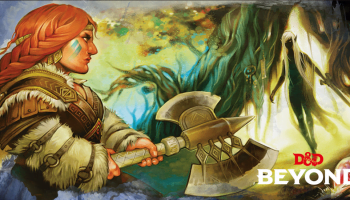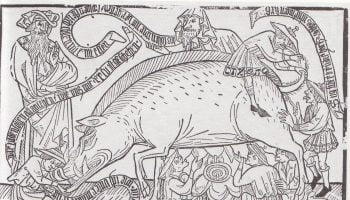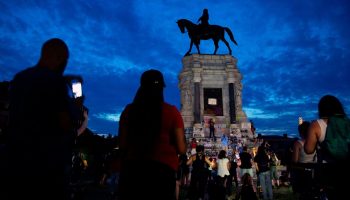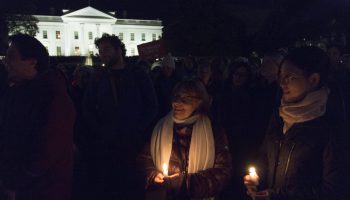This is Part XVI of The Public Medievalist’s continuing series on Race, Racism and the Middle Ages, continuing our interview with Chapurukha Kusimba, Professor of Anthropology at American University. You can find the first part of our interview here.
You can find the rest of our special series on Race, Racism and the Middle Ages here.
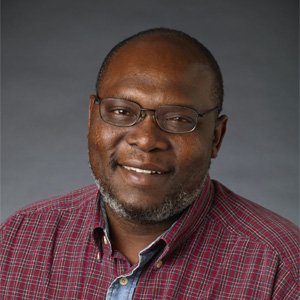
When we left off our conversation with Professor Kusimba, we were discussing how necessary it is for people looking at Africa to study early texts about the continent. Misconceptions about early Africa are rife in our culture. Many of these misconceptions are intellectual remnants of the colonial past, a past which states that Africa is a place unknown and unknowable, full of an exotic, primitive “other”. The dirty secret is that colonialists needed Africa to have been this way in order to justify their own superiority, which in turn justified both their own role in the colonial destruction of the continent, and their ancestors’ founding of the colonial system.
And the truth of the matter is that the colonial system in Africa did not come to an end that long ago. Kenya, for example, only achieved their independence from Britain in 1963—merely 54 years ago. It is therefore unsurprising that people—colonized and colonizer—continue to struggle with the legacy of this dark period. Part of this struggle involves rewriting the outdated, racist, colonialist narratives of history. Ridding ourselves of a colonialist mindset is hard, but necessary.
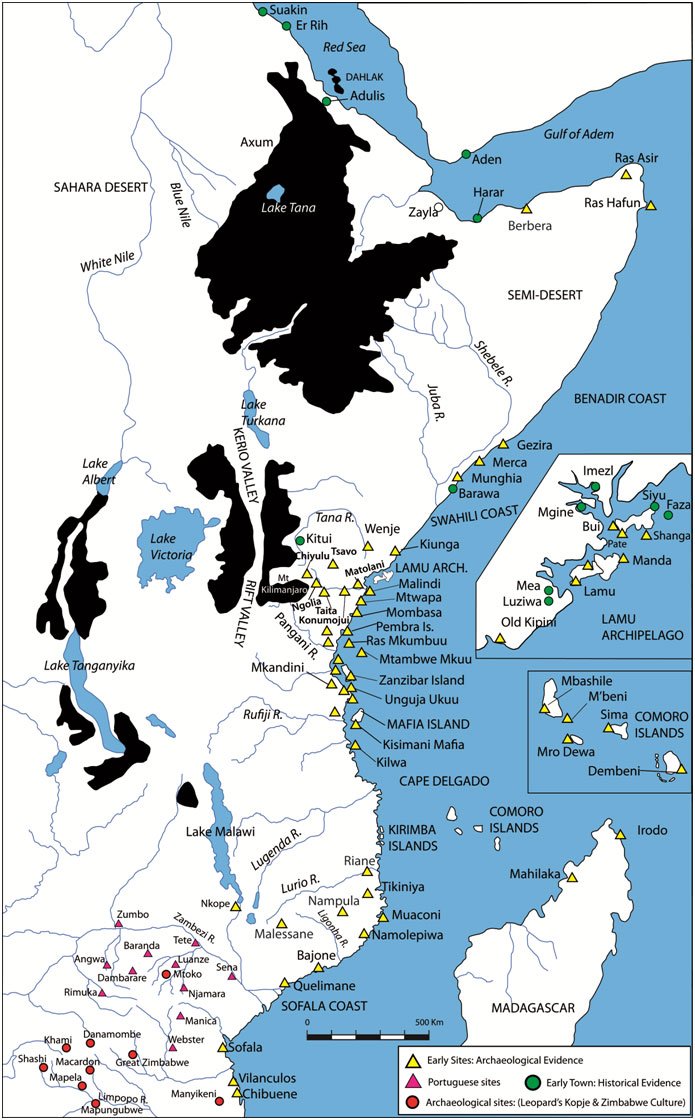
What Isn’t African?
The Public Medievalist: In the colonialist mindset, there are certain things that “fit” in Africa and certain things that don’t—certain things people expect when they think of Africa, and others that run counter to our perceptions. What doesn’t fit in Africa?
Kusimba: What doesn’t fit in Africa? From a very colonialist perspective, African society is pre-literate. They have not left any historical evidence to speak of. They did not build in stone; they lived in grass houses built of temporary materials. They basically were classless—they were communal societies, tribal societies. That is to say, according to this mindset, Africans did not reach the optimal level to develop institutions of governance before their encounter with non-Africans. There could not have been any states, because when you think about governance, what comes to mind are leadership, planning, and manipulation. Those who hold a colonialist mindset would readily argue that these things are absent in Africa. Africans are the “primitive other”. So, when people with that mindset find evidence that contradicts ideas they have formed about Africa, they must somehow try to explain it away.
The same ideas arose about the United States. When early archaeologists started finding highly complex societies like the Hohokam, or the mound builders of the Midwest, they said “this is impossible; this couldn’t have built by Native Americans.” South America’s monumental cities were thought to have been built by the lost tribes of Israel. The same thing happened in Africa at Great Zimbabwe. Up until the 1970s historians and archaeologists were still asking the question “Who built Great Zimbabwe?”
TPM: When do you start to see monumental architecture in Africa?
Kusimba: For the East Coast of Africa, the earliest evidence of built-up stone architecture emerges in the ninth century. This also coincides with the presence of Islam. Evidence for North-east Africa is much earlier—as in the Nile Valley and of course, Ancient Egypt.
TPM: The ninth century is not that far off from the foundation of Islam.
Kusimba: Not far off at all. The evidence of Islam and Islamic culture can be seen in East Africa just about 150 years after the death of the Prophet Mohammed. By the 13th century Islam is a way of life for the urban residents of the coast.
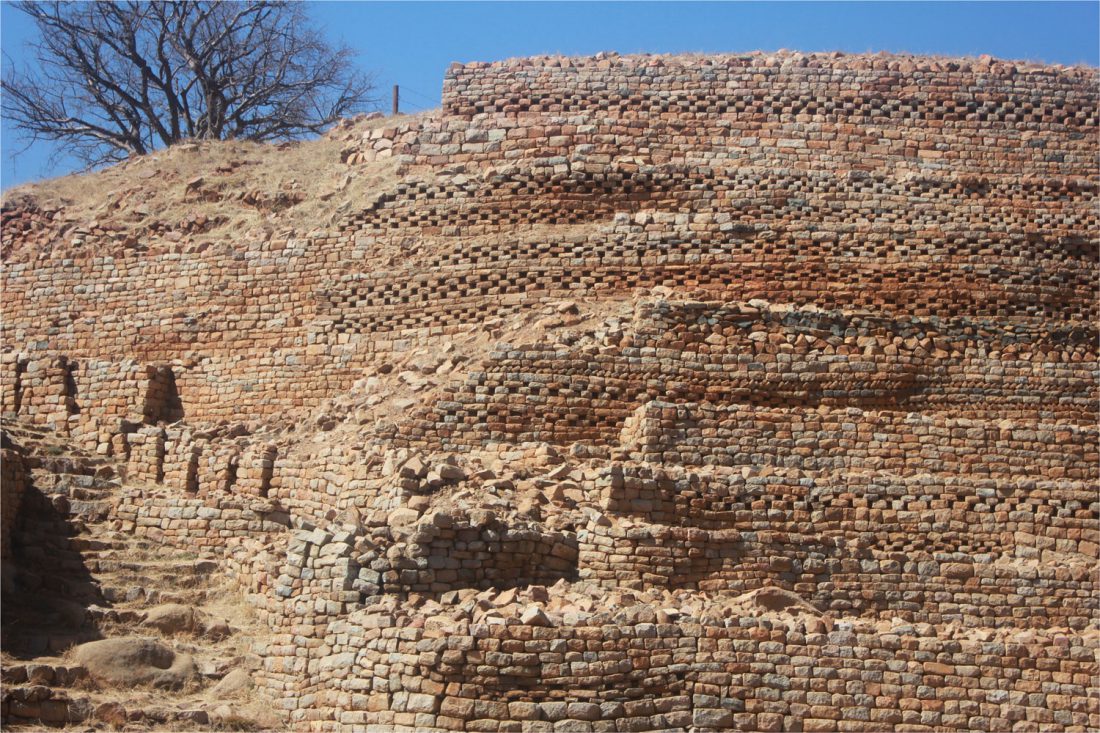
When the Portuguese arrived, they referred to East African Muslims as ‘moors.’ This was the same term they had used for the Almoravids, the Western Sudanic people who conquered Spain. It took the Christians nearly five hundred years to regain control over the whole Iberian Peninsula. So, when the Portuguese arrived in East Africa, lo-and-behold, they find black Muslims who dressed and behaved in every way like the people they had kicked out of Europe. And so they too were ‘moors’.
TPM: What was East Africa like when the Portuguese arrived?
Kusimba: The Portuguese said they found some of the most beautiful cities that they had ever seen. They describe Malindi and Mombasa as some of the cleanest cities they had ever seen. But these cities were primarily on the coast; Islamic East Africa was more of a coastal civilization. It didn’t extend into the hinterland in the same way that it did in West Africa. So, for much of the thousand years that Islam was in East Africa, few inland people converted to Islam.
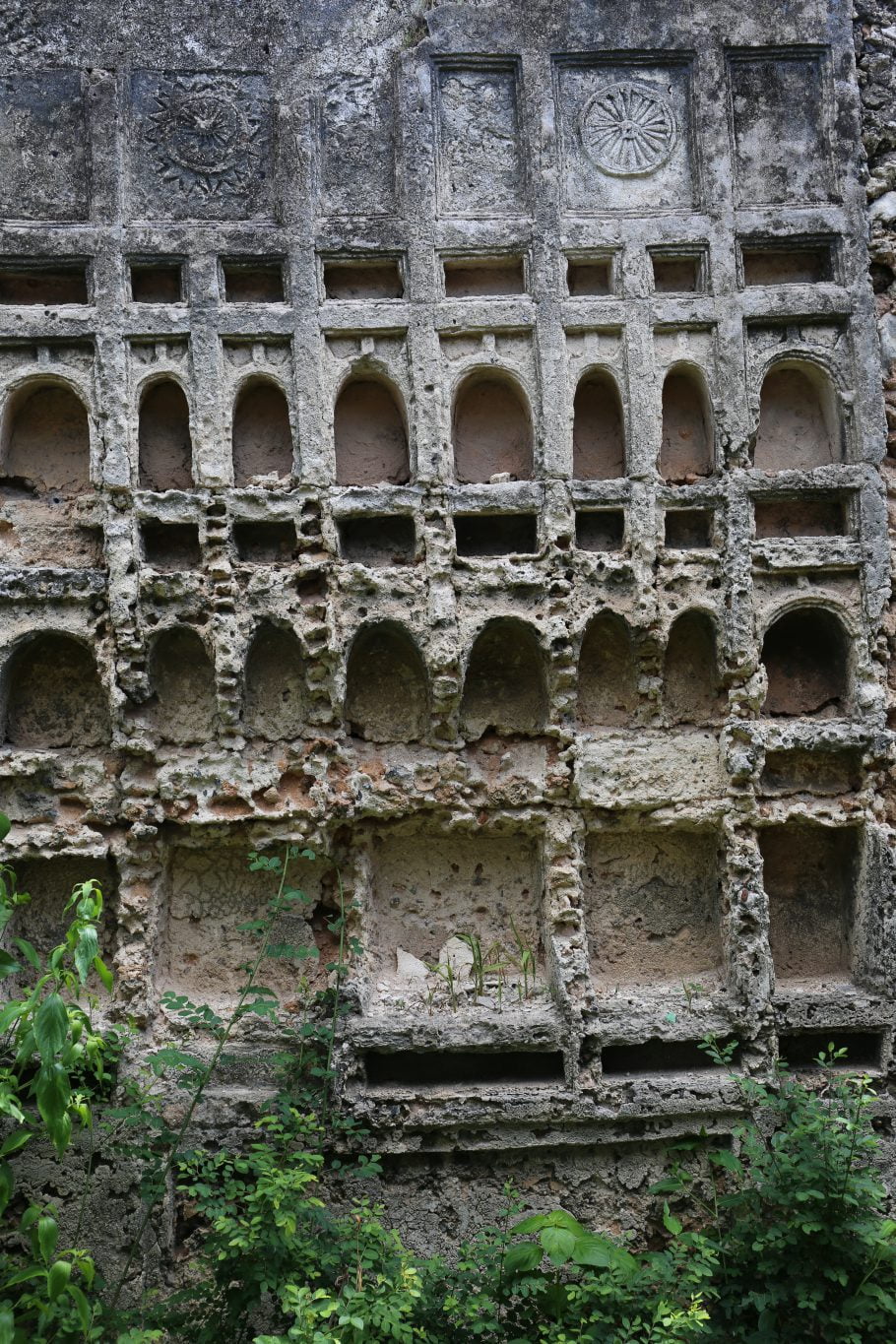
Who Were “Africans”?
TPM: How were the coastal people different from those in the hinterlands?
Kusimba: This is a paradox that historians and some archaeologists have struggled with and continue to try and figure out. We know that the coastal people were very, very devout Muslims. There, wealth differences created a class-conscious community of patricians and commoners. Some patrician families even owned slaves. The cities were divided into estates for the wealthy and neighborhoods for poorer residents. It is not hard to visualize that the residents of early Swahili towns and cities have a clear sense of identity. They viewed themselves as different from their cousins in the hinterlands with whom they are trading, and even intermarrying.
Unfortunately, early commentators [and even some uncritical historians and archaeologists], interpreted the superficial differences between the Muslims and non-Muslims in the hinterlands as evidence of immigration, settlement, and colonization of the East African coast. The saw the coast as a stronghold of Muslims who were literate, lived in opulent houses, and even owned slaves to provide cheap labor, which they saw as evidence of colonization by foreigners. But these Muslim elites used the same Bantu languages as the people in the hinterlands.
This did not matter to these early scholars. This is because Swahili, despite it sharing a grammatical structure with other Bantu languages, became a bastardized language—a mixture of Bantu and Arabic. This is, of course, because coastal people were Muslim and had built connections—social and economic networks—abroad. Some of them had taken on Muslim names and, during the colonial period, invented elaborate but fictitious genealogies that connected them to Muslim lands like Yemen, Arabia, Persia, or Syria. These genealogies confirmed scholars’ ideas of Swahili civilization being an Asiatic colony.
TPM: Were they?
Kusimba: The argument by early scholars was that these people are different—not just culturally, but genetically. They thought they were different because they were a product of some large-scale Muslim migration and colonization of African peoples.
Despite these people speaking a local Bantu language, scholars thought “this cannot really be a local Bantu language, because it has a few Arabic and Urdu words.” Therefore these communities cannot be fully African. Their language, Swahili, was not a true Bantu but a bastardized form of Arabic. These are inventions that were the core of the historiography of the Swahili coast. The openly discussed question was whether these people, the descendants of the early colonizers of Africa, were African and should be treated as such.
TPM: I’m guessing from your tone of voice that they were wrong.
Kusimba: They were completely mistaken. Let’s look at the culture. In terms of material culture, nearly 96% of what we find archaeologically is completely home-grown. In terms of the ceramics, in terms of the architecture, in terms of language—it’s indisputably the Bantu language. The Swahili people, for example, because they are Muslim, they can understand some Arabic words. But an Arab person cannot understand Swahili. Just like an English person can understand some French, a bit of German.
TPM: Because of the common linguistic ancestry.
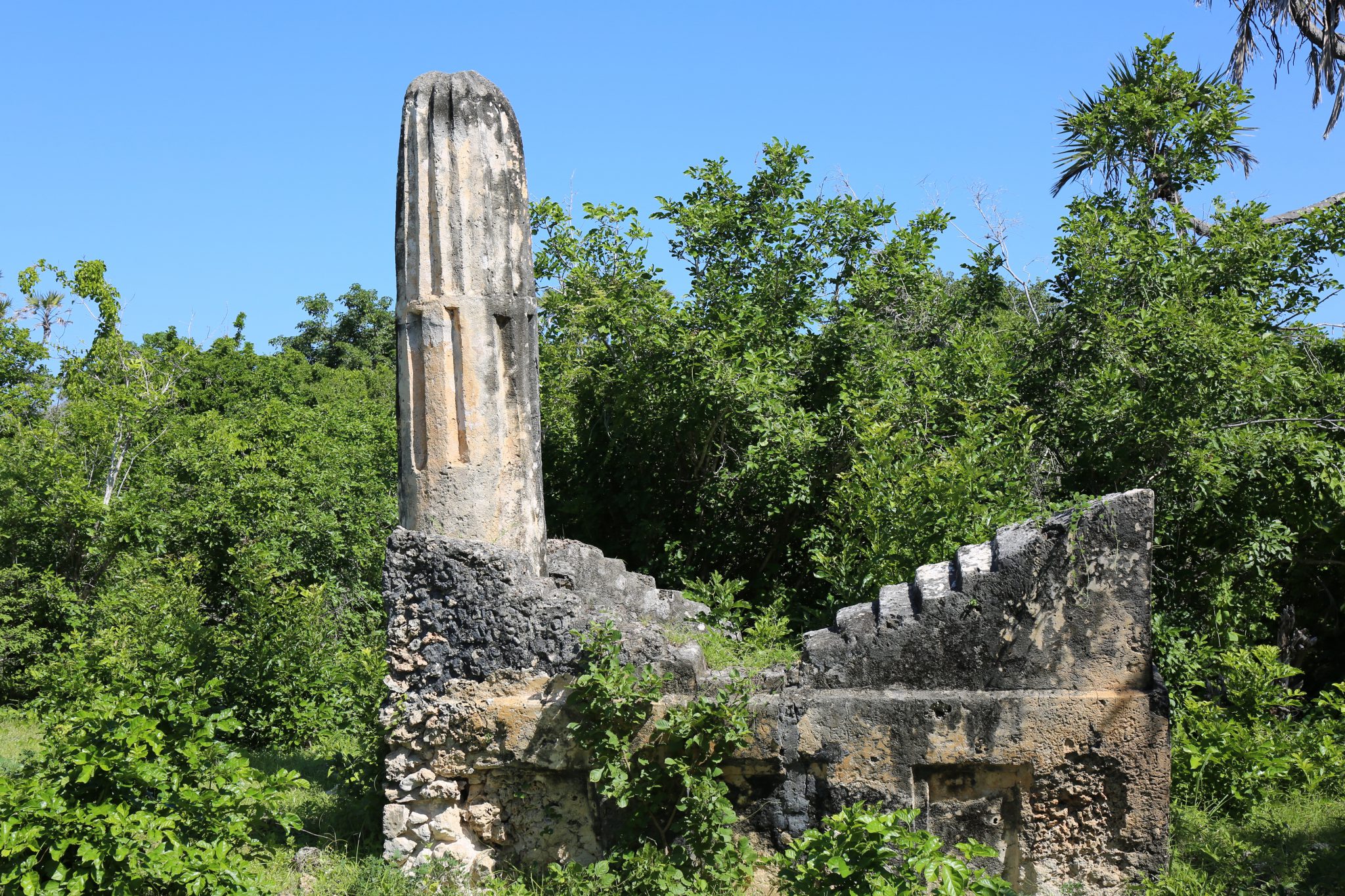
Kusimba: Right. But in many ways, especially in terms of the grammar, everything was essentially African. One aspect of their culture that remained distinctly local, and one which many archaeologists have missed, was tomb or mortuary architecture. If you’re thinking about continuity as an archaeologist, there are certain things that don’t change. One thing that changes very slowly is how people bury their dead. The mortuary practices of Swahili communities followed Islamic behavior in terms of body placement, but the tombs themselves were uniquely African.
They continued to offer traditional grave goods to honor their dead. They also built and decorated tombs for women in the same way that traditional Oromo would build them. Yes, they no longer placed grave goods with the body but they used them to decorate the tombs. For the men, they build these opulent tombs with a huge phallic pillar. This is something you simply don’t see in traditional Arabic Muslim societies, or in southwest Asia. If these people really were Asians, we would find more similarities with the people living where their alleged ancestors did.
TPM: That sounds like a pretty significant difference.

The Female Line
Kusimba: One other thing that doesn’t change, which anthropologists have been very silent about, is that these societies are matrilineal, and matrilocal! We know that Arab societies are totally patrilineal. So how can Muslim societies—if these people are coming as colonizers—how would they come here and then completely change one of the most significant parts of who they are?
TPM: The social foundation.
Kusimba: Patrilineality is at the core of their being as people. Arab societies were patrilineal even before the rise of Islam, their social organization is rooted in those practices. That was their society. I have wondered how they could come to East Africa as colonizers, and suddenly give up their privilege and let these African women and their brothers define the home! The people of the Swahili coast were matrilineal and practiced matrilocal residency. That is to say, when they married, husbands moved and lived with their in-laws. Households were dominated by the women who were sisters. And today, even today as we speak, the local African Swahili peoples on the coast—unless they are Somali—are still matrilineal and agnatic [note: agnatic means that lines of inheritance, especially in aristocratic houses, pass to the women]. And matrilocal residence is the norm. So, you and I [as men] would go and live with the families of our spouses, basically working for them.
So, archaeologists who keep talking about colonization or hinting at it have simply failed to see the most salient parts of the social organization of this society. My work and that of a few anthropologists such as Kelly Askew of University of Michigan have begun to pull away this veil that has, over the years, blinded historians and most archaeologists. Over the last 40 years, we have spent a lot of time working on this question, and have pretty much dismantled the whole idea that the Swahili people were not African. They were and need not apologize to anyone.
TPM: Wow. That is huge.
How We Know
Kusimba: Some of the work we have done has involved excavating and analyzing human remains in an effort to reconstruct their biological ancestries. Preliminary data we have from elite individuals on the community—those recovered near the main congregation mosques indicates that they’re all Africans! There are a few cases—there was one individual out of 110 we excavated, who quite clearly shares both features; a bicultural individual. That was very clear. One out of 110.
TPM: How did you know they were Africans?
Kusimba: The biological anthropologist that I’ve been working with is Janet Monge, who is at the Penn Museum. Janet Monge is one of the best physical and forensic anthropologists alive. You probably know that the Penn Museum has carried out research in the Middle East for over 150 years, so they have a phenomenal collection of Muslim human remains. They have a superb collection of Iranian, Iraqi, Egyptian, Syrian, and other human remains that were excavated in these places. Janet has been a part of that effort.
So, when I approached her about joining our team in Africa, she immediately agreed. When we recovered our first human remains at Mtwapa, Janet was on site—she immediately said “These are Africans! These are not Arabs at all!” She and I have been doing this since 1997; so we’re one hundred percent sure that that these people—based on all the other archaeological evidence, and now based upon the ultimate smoking gun, human remains—these are local people who, like any other community, adopted Islam.
They engaged in international commerce. They were, in every way, very cosmopolitan. They were literate. They sent their children to universities that were emerging in the Muslim caliphates. Many of them returned home after graduating. Some stayed on and rose through the ranks to become great Muslim scholars and personalities.
And as the Portuguese arrived in East Africa and travelled around the Indian Ocean, they encountered peoples who have shared similar ways of seeing the world. That is because these are people had built deep time connections to each other. But fundamentally, this society had been built by Africans.
Next time, in our final installment, Professor Kusimba and I discuss the written sources that do exist for the African coast, and the challenges that await any scholar intrepid enough to want to understand them. Continue to part III of our interview, here.
The Public Medievalist does not pay to promote these articles, so we would love it if you shared this with your history-loving friends! Click to share with your friends on Facebook, or on Twitter.
